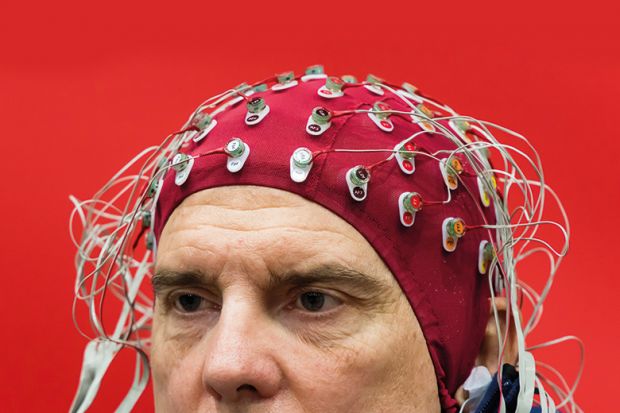A group of leading researchers, including 29 Nobel laureates, have launched a major initiative to use scientific partnerships to strengthen relationships between Western countries and nations in the Middle East and South Asia.
The Science Bridge, which details its goals in an article boasting 122 authors from 82 research centres in 22 countries, describes itself as “a global initiative that promotes international scientific collaboration between cultures and nations to facilitate innovation, invention and discovery to treat and cure human diseases”.
As a first step, the initiative will organise scientific conferences, research exchanges and shared grants to improve collaborations in life sciences, especially brain research.
Later, it hopes to establish “twin institutes” – complementary research centres, one located in a Western country, the other in the Middle East or South Asia, to strengthen links.
The article, “Building Bridges through Science”, is published in the journal Neuron.
Mazahir Hasan, Ikerbasque research professor at Spain’s Achucarro Basque Center for Neuroscience and founder of the initiative, said: “Scientists, as seekers of knowledge, are the ambassadors of humanity, and they can unite the world by harnessing the creative power of cultures and international collaborations to eradicate human diseases.”
Another of the authors, Torsten Wiesel, president emeritus of Rockefeller University and joint winner of the 1981 Nobel Prize in Physiology or Medicine, added: “Researchers from different cultures and nations in the ‘twin institutes’, an innovative concept proposed by the Science Bridge, could make important contributions both in science and in human relations.”
In the article, the authors explain that the central stress of the project will be on neuroscience, which they see as “a discipline optimally suited for reconnecting Western and Middle Eastern nations” because “the development of brain-related theories and practices has a long tradition in the Middle East”. Unlike many other places “where the mentally ill were ostracised”, they argue, “medieval Middle Eastern Judaism and Islam had a strong intellectual interest in the management of psychiatric disorders”. Even today, these cultures “possess a rich repertoire of customs and practices that promote healing of the mind through the body and vice versa”.
The authors also seek inspiration in “the first recorded efforts to bring together Eastern and Western sciences”, namely the ‘‘Golden Age’’ of Arab and Persian cultures (7th to 13th centuries), which they describe as a period “marked by an unprecedented embrace of liberalism, religious freedom, scepticism and freedom of speech”. This was an era that saw the establishment of the oldest university in the world, the University of Al Karaouine in Morocco, as well as advances in methodology such as an “emphasis on real-life experimentation over pure thought” and “the introduction of medical case-control studies”.
Building on these models, the authors hope that the Science Bridge can “create a new dimension of collaborative research focused on advancing basic and translational life science”.
Given that “the vast complexity of the nervous system” makes neuroscience “necessarily a highly multidisciplinary endeavour”, the paper suggests that it can only benefit from “long-term [international] dialogue and the fostering of diversity”.
Register to continue
Why register?
- Registration is free and only takes a moment
- Once registered, you can read 3 articles a month
- Sign up for our newsletter
Subscribe
Or subscribe for unlimited access to:
- Unlimited access to news, views, insights & reviews
- Digital editions
- Digital access to THE’s university and college rankings analysis
Already registered or a current subscriber?







